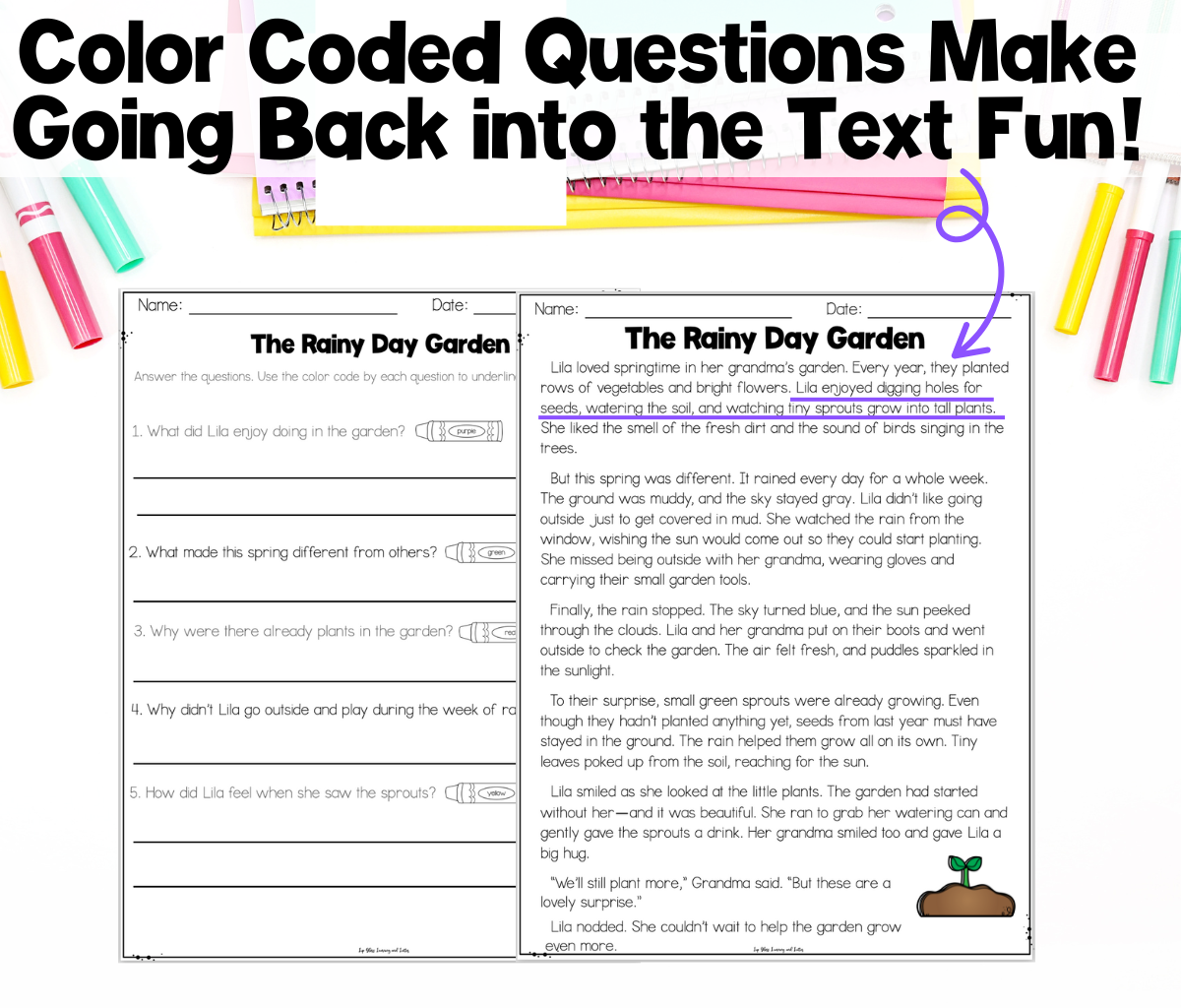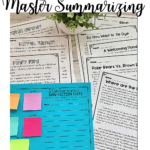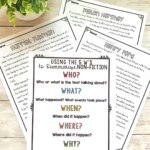How to Build Reading Comprehension Skills with Text Evidence All Year
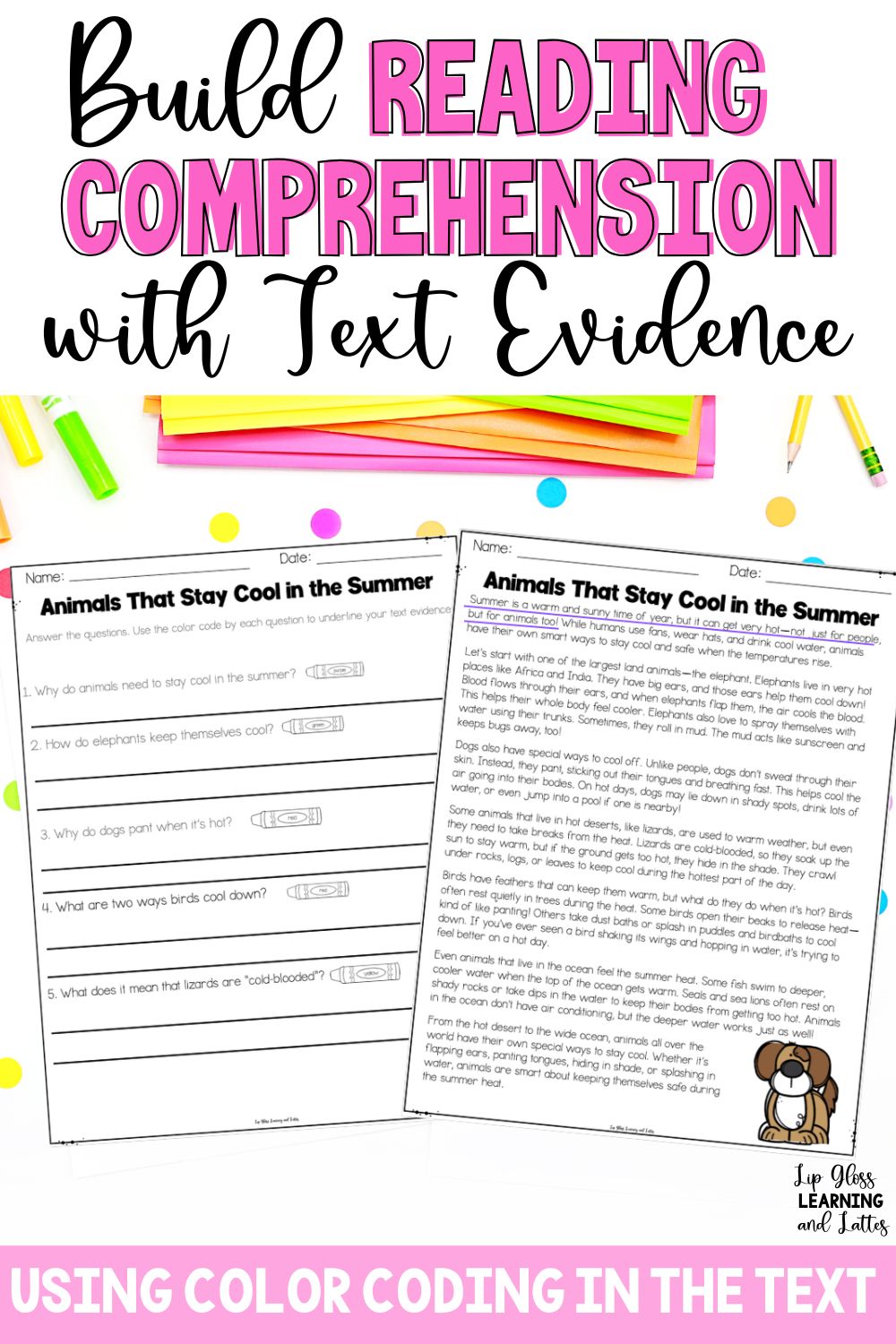
If you’ve ever asked a student, “Where did you find that answer?” and gotten a shrug in return, you’re not alone.
Helping kids slow down, return to the text, and find actual evidence is one of those small-but-mighty skills that can transform the way they read, think, and write. But here’s the catch: it takes consistent practice. The kind of practice that’s woven into your week—not squeezed in when you find the time.
That’s exactly why a year-long approach to text evidence can make all the difference.
In this post, we’ll look at how to build reading comprehension skills with text evidence all year.
Why Text Evidence Practice Should Be Part of Every Reading Lesson
Finding text evidence teaches students to slow down, think critically, and engage deeply with what they’re reading. But it also makes assessments easier and writing stronger.
When students are taught how to highlight or underline answers directly in the text using a color-coded system, reading becomes more interactive—and a lot more effective.
This approach helps eliminate guessing and builds the habit of reading with purpose.
Tips for Teaching Text Evidence in the Classroom
One of the most effective ways to build reading comprehension with text evidence is to model it consistently. Think aloud as you read a passage with your class, showing how you locate and underline the part of the text that supports your answer. Use a color-coded system—like one color for “who,” another for “where,” and so on—to help students visually connect questions to answers. Start with simple questions and scaffold upward, gradually adding in “why” and “how” questions that require inference. Over time, students begin to internalize the process, shifting from passive reading to active, intentional thinking.
This doesn’t have to be anything fancy! You can even get students in the habit of identifying the “who” in a story with a red crayon, the “what” in a story with a blue crayon and so on. You’ll be surprised at how much this sticks with students and motivates them to find their answers in the text.
Seasonal Reading Comprehension Passages Keep Students Engaged
One of the biggest challenges for teachers? Keeping reading comprehension practice fresh and engaging throughout the year. With seasonal topics like pumpkin patches, snow days, and summer adventures, students stay interested while still practicing the same core skill: finding text evidence. This growing bundle includes:
-
Fall reading comprehension passages A mix of fiction and nonfiction covering pumpkins, bats, Thanksgiving, apples, and community helpers.
-
Winter passages Includes seasonal topics like snow, polar bears, penguins, MLK Jr., Groundhog Day, and winter fun.
-
Spring passages covers spring weather, Earth Day, plants and pollinators, baby animals, and fun seasonal fiction.
- Summer Passages all about beach days, summer adventures, thunderstorms, ocean animals, the Fourth of July, and more.
Every passage is designed with text-based questions focused on the 5 W’s (Who, What, When, Where, Why—and How).
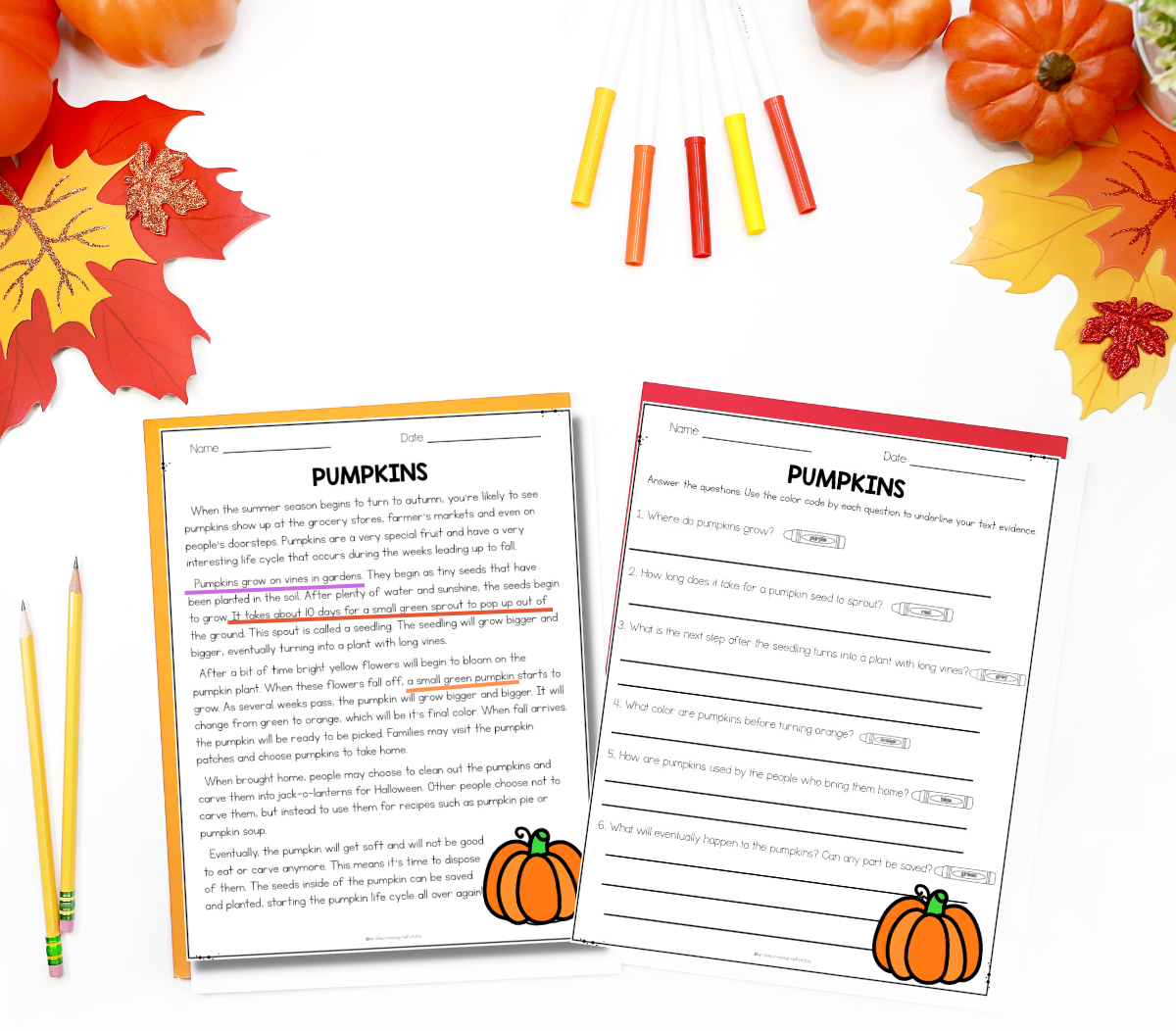 Fiction and Nonfiction Passages for Every Month of the Year
Fiction and Nonfiction Passages for Every Month of the Year
Whether you’re teaching a reading mini-lesson, setting up a literacy center, or prepping for a sub, these passages fit seamlessly into your classroom routine. You’ll get:
-
A balanced mix of fiction and nonfiction passages
-
Age-appropriate, engaging topics aligned with seasons and holidays
-
Comprehension questions that require students to return to the text
This structure not only reinforces comprehension—it also builds student confidence over time.
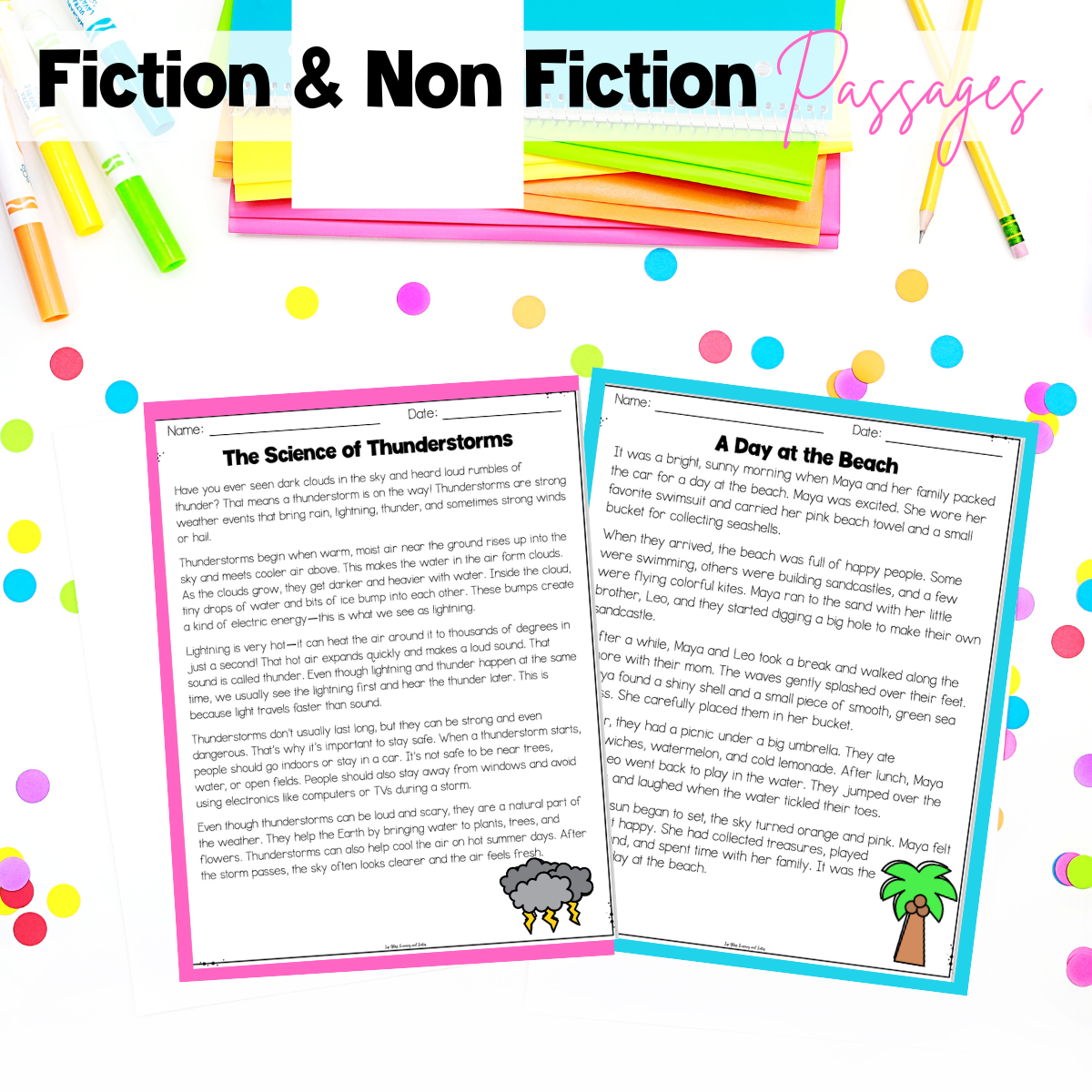 Looking for an easy way to help students master reading comprehension and text evidence all year long? Explore the full growing bundle and get instant access to seasonal passages you can use tomorrow.
Looking for an easy way to help students master reading comprehension and text evidence all year long? Explore the full growing bundle and get instant access to seasonal passages you can use tomorrow. 
If you’re also working on summarizing with your students, I’ve shared some helpful strategies in these posts: 5 Ways to Help Your Students Master Summarizing and Tips for Teaching Summarizing Nonfiction.



